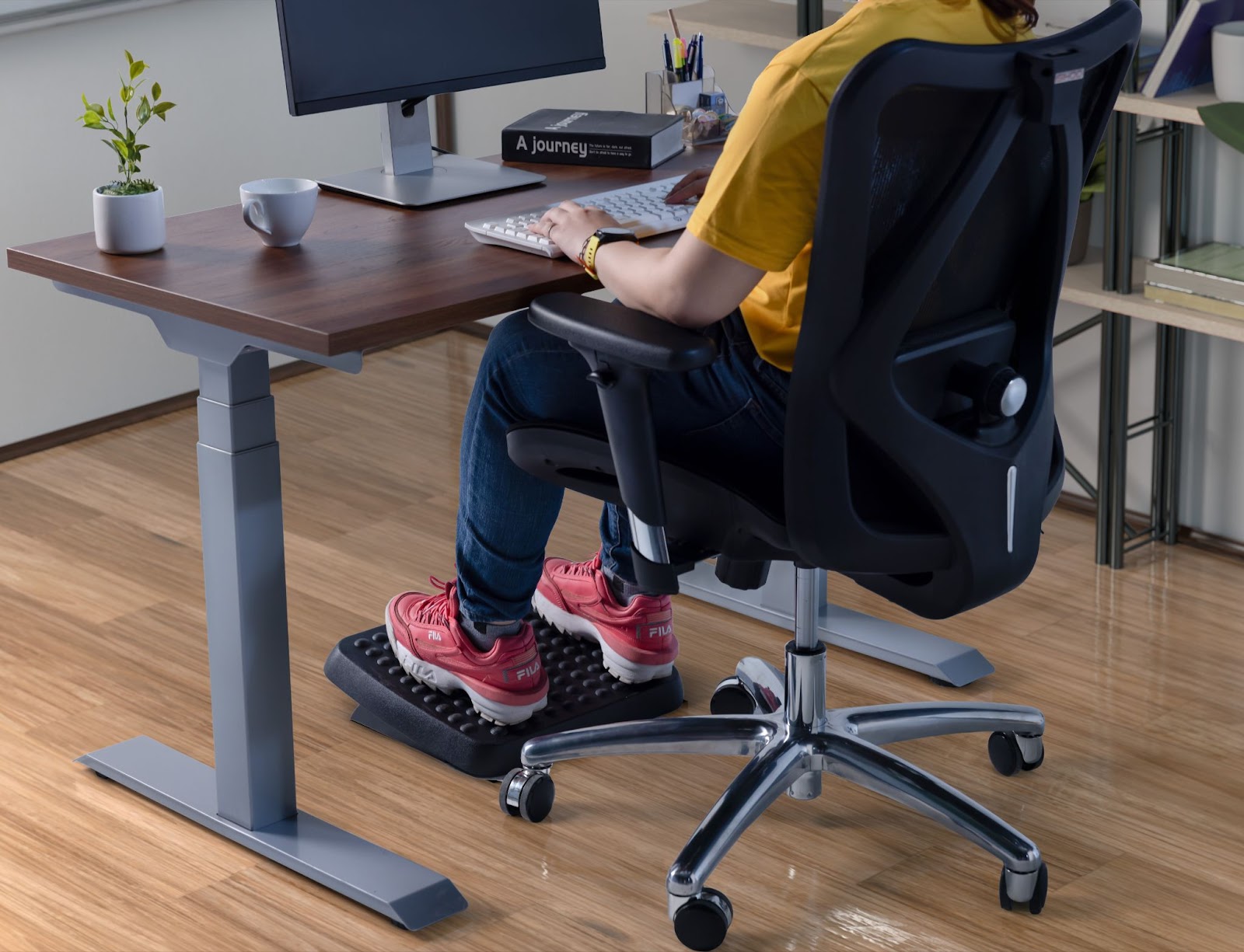The European Union (EU) is a political and economic union of 27 member states that are located primarily in Europe. Improving health and safety at work has been an important issue for the EU since the 1980s. When the Lisbon Treaty entered into force, the Charter of Fundamental Rights of the European Union became legally binding, making health and safety policy an even more important area of EU legislation. In this blog, we will discuss EU ergonomics and health and safety requirements, key legislation and Guidelines to be followed in the European Union.
European Union Ergonomics Requirements
There is no specific ergonomic regulation that covers workplace ergonomics across the EU. Instead, EU Directive 89/391, the OSH ‘Framework Directive” sets out the requirements for member states to put in place a structure for assessing and monitoring workplace health and safety with the ultimate aim to reduce injuries and illnesses at work for the benefit of employees.
Under Article 5, General Provision of the Directive, the employer has the responsibility to;
- ensure the safety and health of workers in every aspect related to the work.
- take the measures necessary for the safety and health protection of workers, including the prevention of occupational risks and provision of information and training, as well as the provision of the necessary organization and means.
- be alert to the need to adjust these measures to take account of changing circumstances and aim to improve existing situations
European Union Environmental Health and Safety Requirements
All member states of the EU are to abide by the EU Directive 89/391
The framework directive provides clarity on several things, such as:
- definition of the working environment
- Establishing equality in health and safety for the benefit of all workers
- Obliging employers to take appropriate preventive measures to reduce injuries
- Introducing risk assessment as a key element of the directive and defines the elements of a risk assessment
- Putting emphasis on health and safety management
Under Article 5, General Provision of the Directive, the employer has the responsibility to.
- ensure the safety and health of workers in every aspect related to the work.
- take the measures necessary for the safety and health protection of workers, including the prevention of occupational risks and provision of information and training, as well as the provision of the necessary organization and means.
Under Article 9, Various obligations on employers, the employer shall also
- keep a list of occupational accidents resulting in a worker being unfit for work for more than three working days.
- draw up, for the responsible authorities and in accordance with national laws and/ or practices, reports on occupational accidents suffered by his workers.
The reported data help the relevant authorities to identify persons and industries at risk, as well as to identify new and emerging ones to prevent future incidents.
Current Legislation
Updated information on staying COVID safe is available off the website, European Centre for Disease Prevention and Control, an agency of the European Union. Useful information that you can find here are as below:
- How to protect yourself by practising good hygiene such as washing your hands well,
- avoiding touching your face,
- wearing a face mask
- physical distancing between people
What can you do as an Employer to ensure compliance?
Develop and/or Update the COVID-19 Response Plan
Some of the key action as below:
- address the level(s) of risk associated with various workplaces and work activities in the COVID-19 business plans and OSH risk assessments. For example, where, how and to what sources of COVID-19 might workers be exposed, including the public, customers, co-workers etc.
- consider worker’s individual risk factors (i.e., older workers, presence of underlying medical conditions, etc.).
- include in the plan a response plan to deal with a suspected case of COVID-19.
Communication channels
- Regular update to staff on updates on work arrangements or other useful information via appropriate channels, i.e., Intranet, emails, virtual town hall meetings, etc.
Keeping updated with legal updates is as important as having to comply with them. It is a chargeable offence to be non-compliant which can result with penalty along with jail term depending on the severity of the event.
How can Fit for Work help?
To learn more about setting up or managing an ergonomics programme that supports staff working from home or in the office or support with staying legally compliant, you can reach out to Fit for Work. For more information on our Ergonomics Self-Assessment and Education Tool, contact us.



